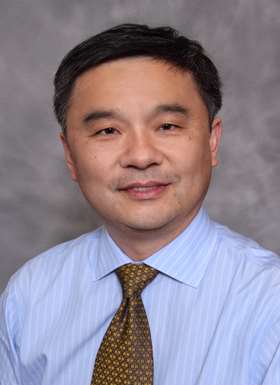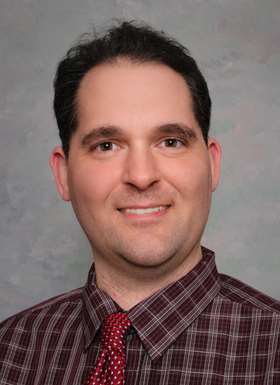Medical College of Wisconsin Medical Physics Residency Program
The Medical Physics Residency Program in the Radiology Department is a clinical training program at the Medical College of Wisconsin. The training program is based on the Standards for Accreditation of Residency Educational Programs in Medical Physics as published by Commission on Accreditation of Medical Physics Education Program (CAMPEP). The program is designed to provide two years of progressive supervised clinical training. The goal of the residency program is to train medical physicists to be competent to practice independently in clinical diagnostic imaging physics.
Current Residents

Jacob Marasco, MS
Medical Physics Resident, Year 1
Medical Physics Residency Program Faculty

Yu Liu, PhD, DABR
Professor; Section Chief, Medical Physics; Program Director, Medical Physics Residency; Division of Imaging Services
Program Director, Medical Physics

Troy Crawford, PhD, DABR
Assistant Professor; Section of Medical Physics, Division of Imaging Sciences

Mark D. Hohenwalter, MD
Associate Dean, Executive Director, Professor

Kevin M. Koch, PhD
Professor, Department of Radiology; Director, Center for Imaging Research (CIR); Division of Imaging Sciences

Yonggang Lu, PhD, DABR
Assistant Professor; Section of Medical Physics, Division of Imaging Sciences

Dustin Ragan, PhD, DABR
Assistant Professor; Section of Medical Physics, Division of Imaging Sciences

Yang Wang, MD, PhD
Professor; Division of Imaging Sciences
Task-dependent functional MRI; resting-state functional connectivity MRI; Arterial Spin Labeling (ASL) perfusion; multiband multiecho imaging; machine learning approaches
Equipment Gallery
Contact Us
Chief of Medical Physics
Department of Radiology
Medical College of Wisconsin








